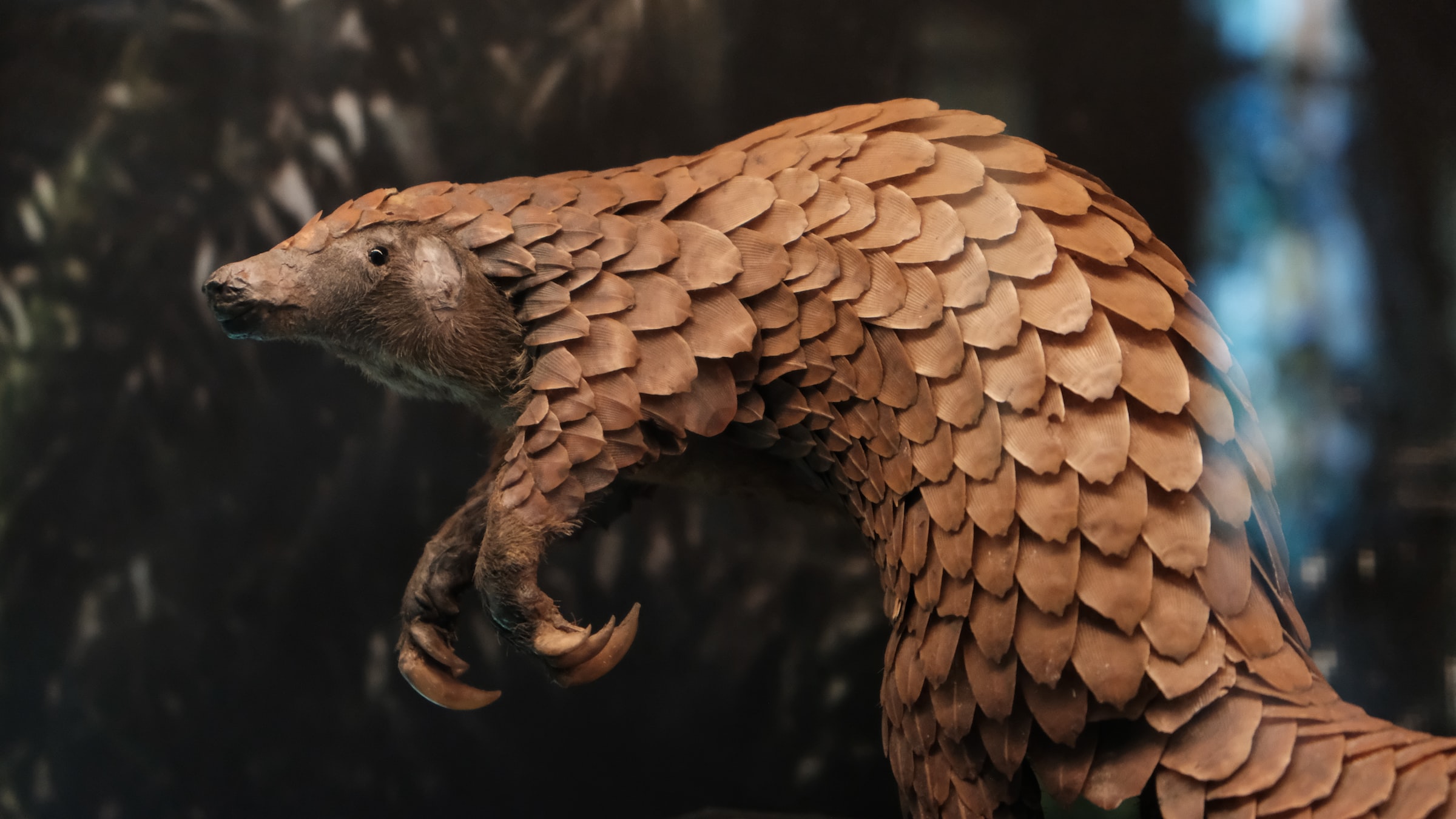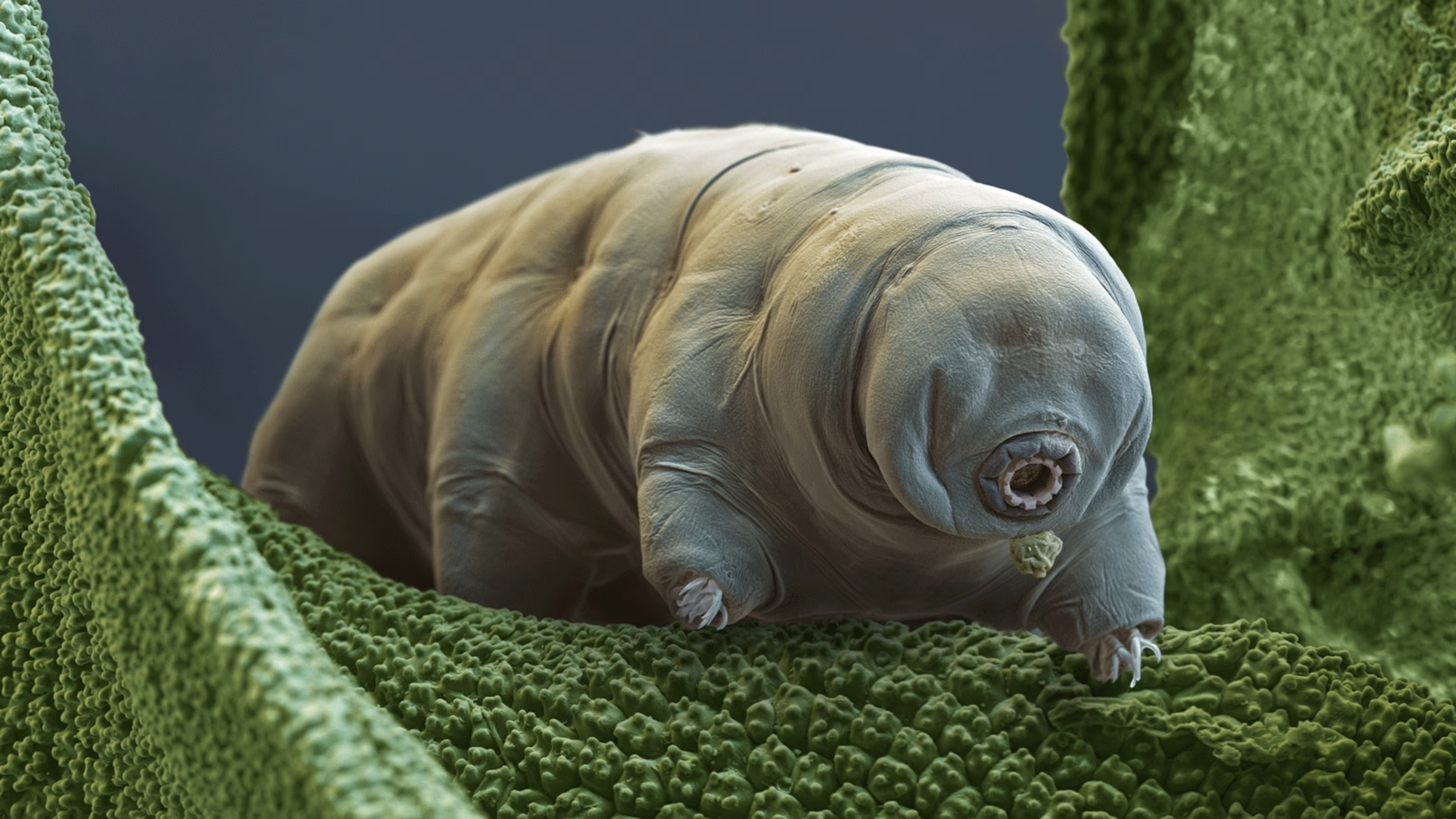Pangolin, also called the scaly anteater, is an insect-eating mammal easily recognized by its body covered with overlapping scales. Although it may look like a reptile because of its scales, it’s actually more closely related to cats and bears.
Its name, “pangolin,” originated from the Malay word ‘penggulung,’ which means “rolling over or roller.” It refers to the animal’s action of curling into a ball when it’s threatened.
If you haven’t seen a pangolin yet, here’s a photo:
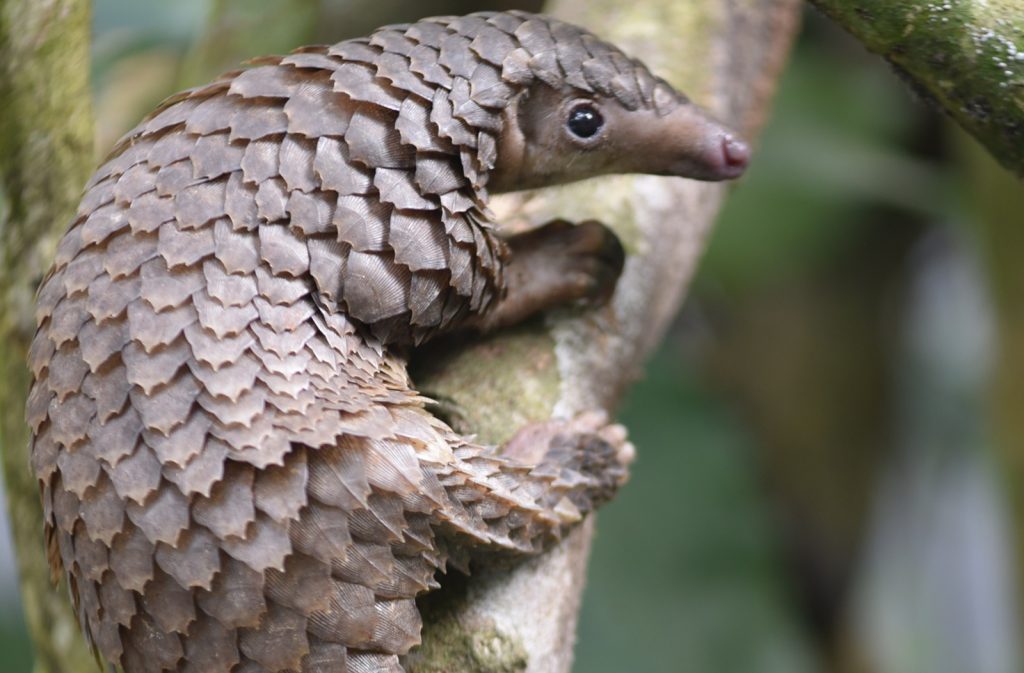
Now, don’t confuse pangolins with armadillos though. They’re entirely different!
Armadillos have a leathery armor shell, and they are usually gray. They have prominent pointy ears too!
Here’s a photo:
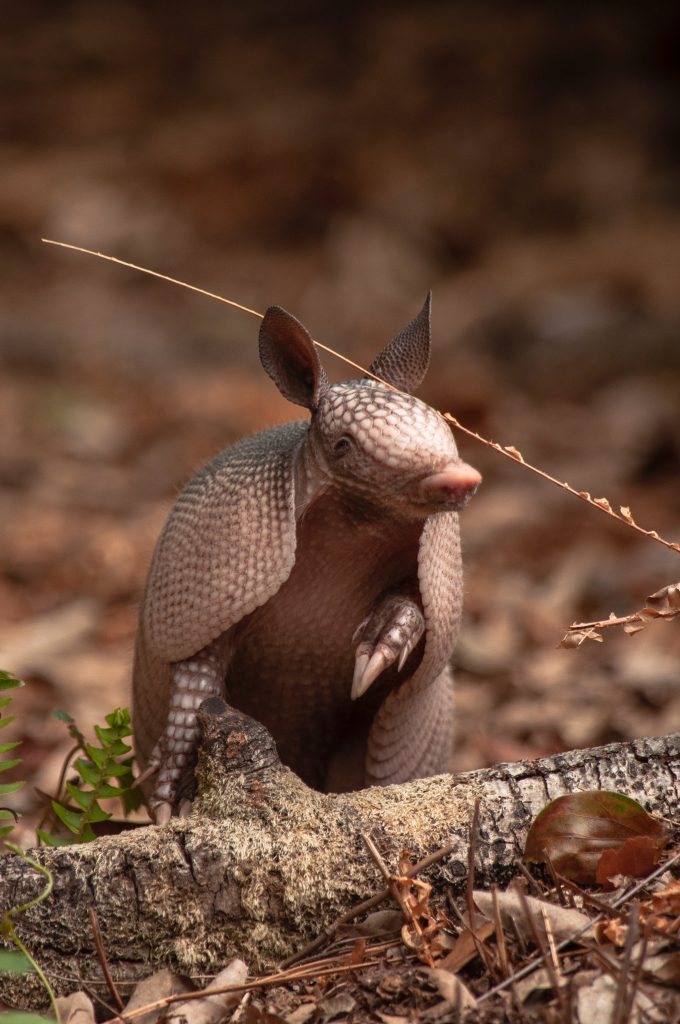
There are eight species of pangolins in the world, and they can only be found in tropical Asia and Africa. They are the following:
- Black-bellied pangolin
- Chinese pangolin
- Giant Ground pangolin
- Indian pangolin
- Philippine pangolin
- Sunda pangolin
- Temminck’s Ground pangolin
- and White-bellied pangolin
Four can be found in Africa, and the other four in Asia.
Pangolins can grow about 1 to 3 feet long (the tail not included) and weigh about 10 to 60 pounds. Its scales are made of keratin, the same materials that make our hair and fingernails.
They have brown bodies with small heads and rounded ears or ear holes. Pangolins also have long snouts and long, sticky tongues. They use their tongues to lap insects inside the nests, hence the common name scaly anteater.
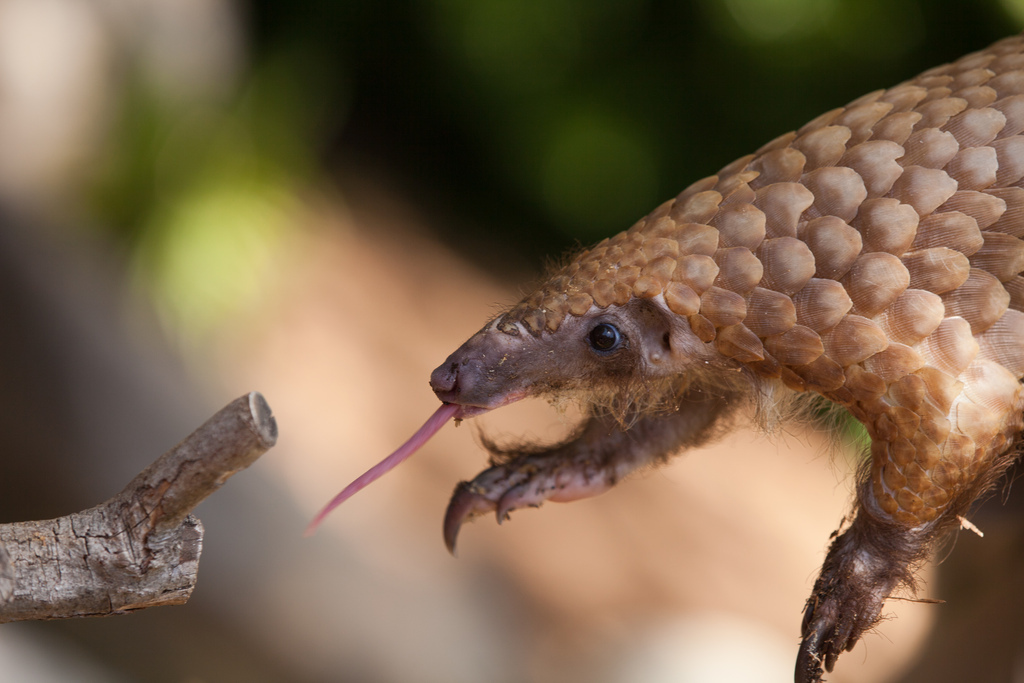
They are also known for having a big appetite, mostly for termites and ants.
Did you know that a single pangolin can consume up to 20,000 ants daily and over 70 million insects annually?
These scaly-covered mammals can usually be found in woodlands and savannas within reach of the water. They’re also adept climbers, using their claws and tails to climb trees.
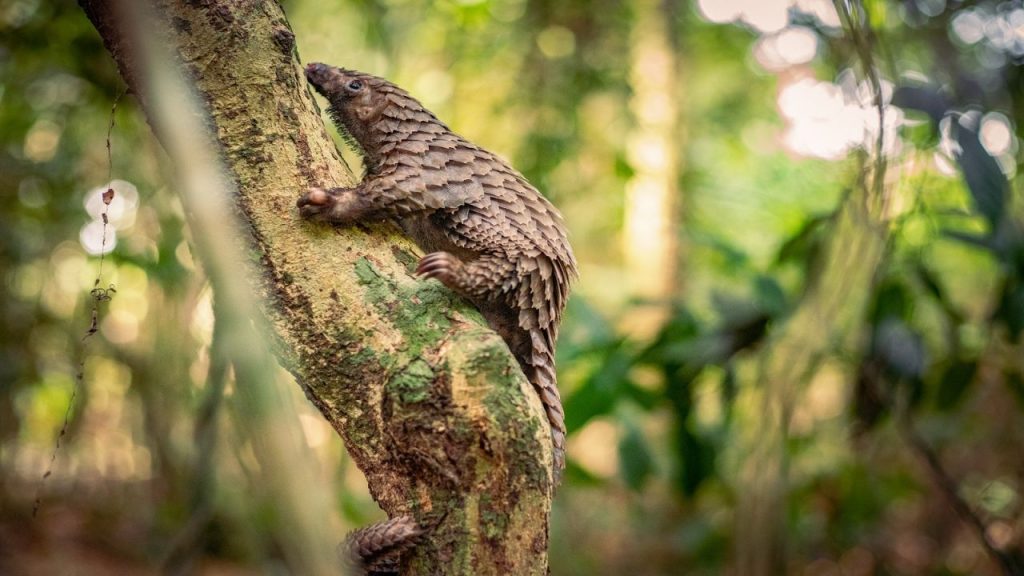
One of the most interesting characteristics of this scaly-covered mammal is it will cover its head with its front legs and roll up completely into a ball when threatened. Its scales are also very sharp, and can swing its long tails like a jagged club.
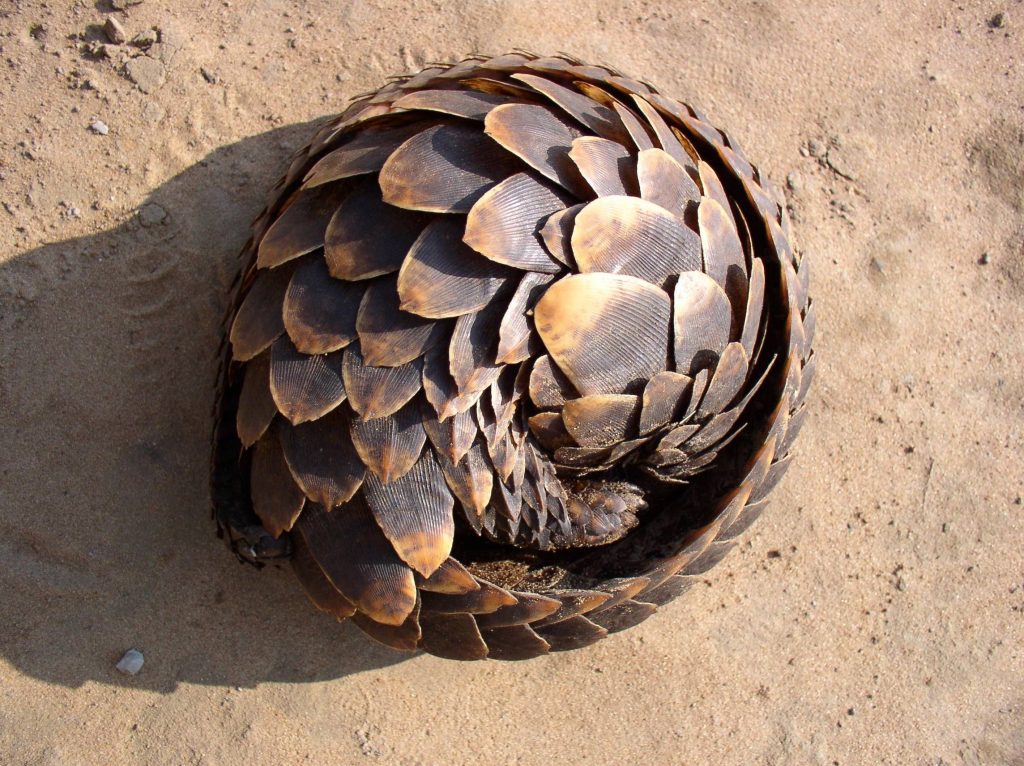
Unfortunately, pangolins are known to be the world’s most trafficked mammal. This means people usually transport them unethically and illegally to sell them, often in another state or country. Oftentimes, they also end up in somebody’s home as exotic pets.
Sadly, they are hunted, poached, and trafficked for their meat, skin, organs, and scales. This is because parts of their body, especially scales, are valued for their traditional medicine use.
Like the rhino horn, people believe the pangolin scales can help cure ailments, despite no evidence that it can indeed cure anything. The scales are dried, ground up into powder, and then turned into a pill.

Because of the large-scale trafficking, pangolins are now threatened with extinction. They are also listed as critically endangered now.
Pangolins are the guardians of the forest because they help maintain a balanced ecosystem and protect forests from termite destruction.
Fortunately, the World Wide Fund (WWF) and its partners launched the Coalition to End Wildlife Trafficking Online. It brings together companies to shut down unregulated online markets that illegally sell wildlife products across the globe.
Conservationists and wildlife experts are also working together with companies to strengthen and coordinate wildlife policies. They also train enforcement staff to detect endangered species better and educate people on reporting illegal products.
A fun fact: February 20 is World Pangolin Day.
